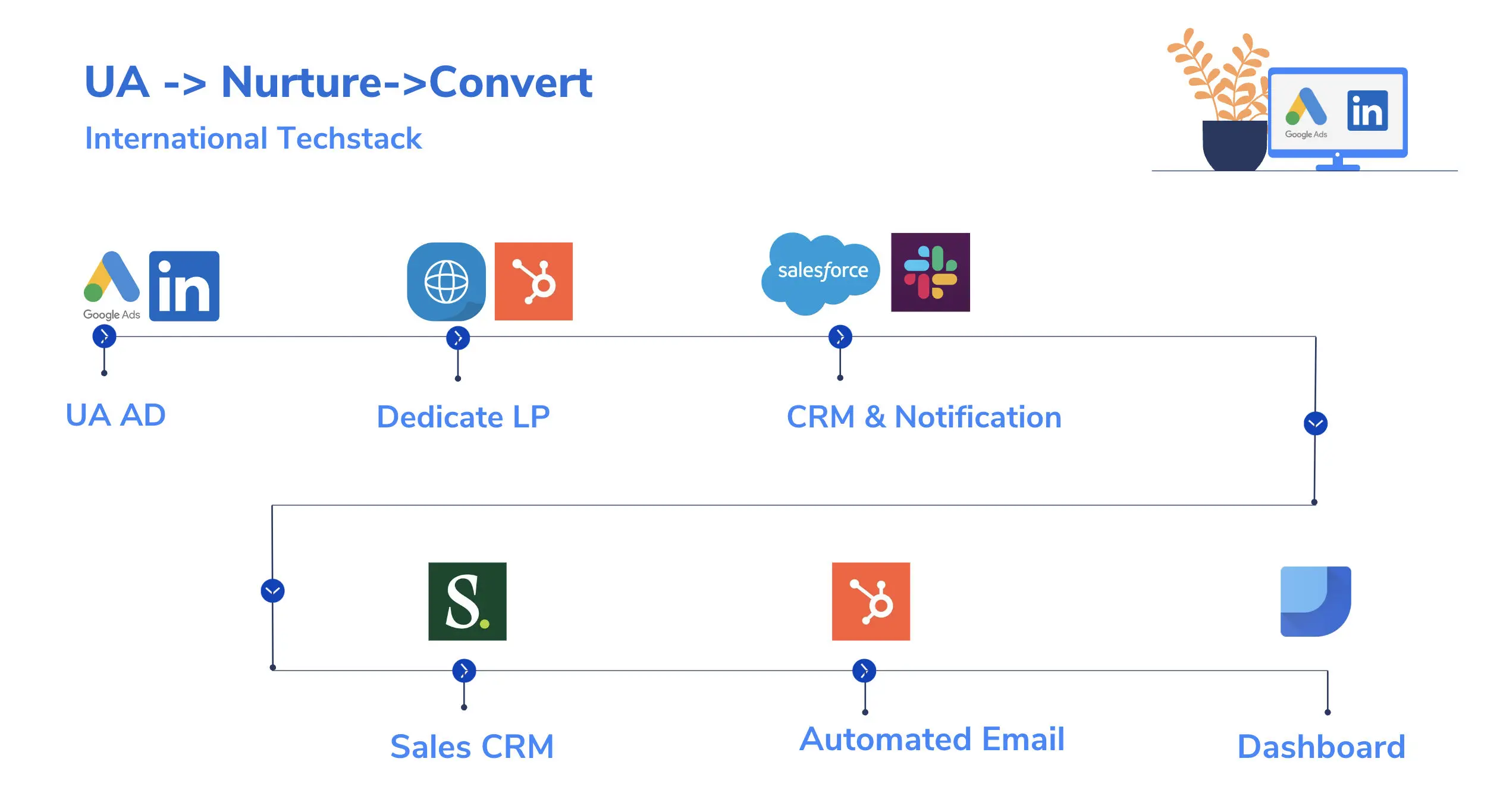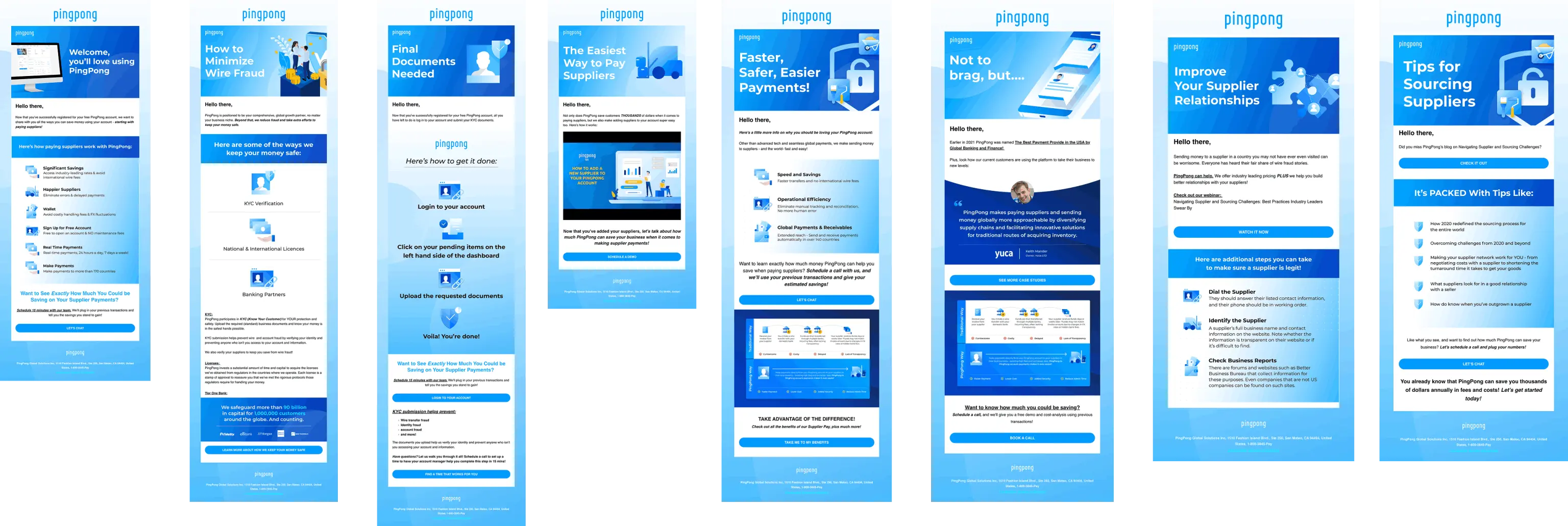
Marketing Tech Stack is no longer optional—it’s a necessity for businesses that want to stay competitive and deliver personalized, data-driven marketing at scale. Having the right tools and integrations in place can help streamline marketing and sales operations processes, drive customer acquisition, and optimize every stage of the customer journey.
As someone working in the fintech payment industry, I know that effective marketing isn’t just about pushing and advertising. It’s about leveraging MarTech tools—like Salesforce, HubSpot, MailChimp, and Zapier—to create an interconnected, seamless experience that allows us to reach the right people with the right message at the right time.
I’ll show you how to build a marketing tech stack that improve our ROI and drives success in 2024. I’ll try cover everything from CRM platforms and email marketing tools to data analytics and automation solutions, all integrated for maximum efficiency.

Sales automation is critical for streamlining any b2b sales process, ensuring no leads slip through the cracks, and helping sales team focused on high-value prospects. In the fintech company I work, I onboarded Salesforce as the central CRM to connect our home-grown customer data center and integrated Salesloft for outbound sales engagement. Together, they provide a comprehensive system for managing and automating the sales pipeline.
Salesforce is the backbone of our sales automation efforts. It centralizes all customer data, enabling the sales team to track every interaction and move leads through the pipeline efficiently.
How I use Salesforce for sales automation:
1. Lead Tracking and Prioritization: Leads from multiple marketing channels—web (I also use automation to map lead source for customers from organic, direct, PPC and content), email, and social media—are captured, mapped, and scored within Salesforce.
2. Pipeline Dashboard: Work with sales director and create custom salesforce dashboards show the status of every deal, helping the team focus on opportunities that are most likely to close. (see screenshot below)
3. Integration with Marketing Tools: I built custom salesforce integration with HubSpot and MailChimp (where we only transfer inbound customer to email marketing tool) to provide a full view of how marketing campaigns influence the sales funnel.
Salesloft: Personalizing Outbound Sales Efforts
While Salesforce handles backend data, Salesloft ensures our outbound sales communication is timely and personalized. It’s ideal for automating follow-ups and scaling outreach efforts. Lucky I was assign to help the sales operations to set up the instance for the sales team.
1. Set up Email Sequences for different inbound and outbound channels: Salesloft automates personalized email sequences based on lead source, kyc status and user engagement level.
2. I design SDR email cadence and monitor metrics like email open rates and response times to help the sales team to refine our outreach strategy.
3, The most important task is to make sure Salesloft fully integrates with Salesforce, syncing lead data so sales reps always have the most up-to-date information.

Marketing automation is at the heart of everything I do. While Salesforce is the central CRM in my stack, our team rely heavily on HubSpot Marketing Hub to handle the marketing-specific workflows, email campaigns, and inbound lead management. The custom integration between these two platforms is what allows my team to work seamlessly, ensuring that every lead is nurtured effectively and sales signals passed to sales at the right time.
Salesforce is keeping all customer data. It’s where the team track lead interactions, assign ownership, and monitor pipeline progress. (engagement data two way sync with salesloft) But for some historical reason, we don't have salesforce marketing cloud. I was able to onboard Hubspot for our international team. By syncing inbound leads captured in HubSpot directly with Salesforce, I’ve created a system where marketing inbound channel and sales are always in sync.
HubSpot is where we handle most of marketing activities. For email automation, I use HubSpot to create workflows that take the pressure off manual digital onboarding and lead follow ups. For example, when someone downloads an eBook, they’re automatically enroll into a 30 days nurture sequence that introduces them to our fintech products and gently nudges them toward scheduling a demo. Each email in the sequence is tailored to the prospect's behavior and position in the funnel. If a lead shows higher-than-average engagement—like clicking on links or revisiting our landing pages—they’re flagged and synced with Salesforce, ready for the sales team to take over.
Another crucial part of my strategy is retargeting. HubSpot makes it simple to re-engage leads who may have interacted with us but haven’t converted yet. By integrating with google ad and LinkedIn, I run ever-green campaigns that put our messaging back in front of prospects who’ve shown interest but might need a little more persuasion. This is particularly effective in fintech, where the buying journey can be longer and more complex.